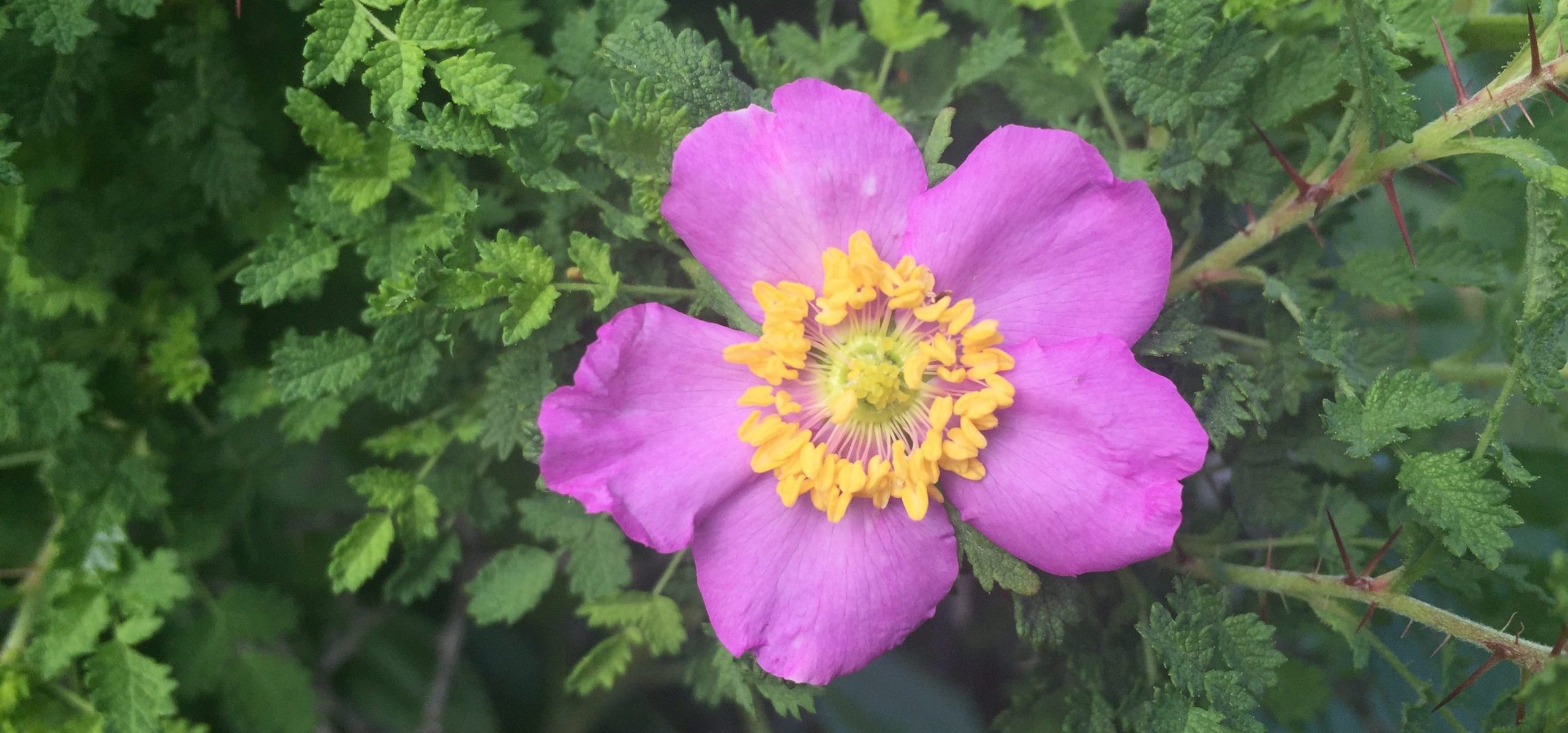
A Rose by Any Other Name
Yes, a rose by any other name would smell as sweet. But would people know which beautiful bud you referred to? Naming and defining plants—or plant taxonomy—is essential to our understanding of plant evolution, relatedness, geography, conservation, and rarity. Accurate plant taxonomy is important when keeping data, and especially when sharing data. Make sure that rose means the same flower to those receiving the data as it does to you! Database managers need to check the names of species in their datasets against up-to-date taxonomies regularly, because names change more often than you might think.
As we learn more about plants and discover new ones, we are able to better refine our understanding of the relationships between them. New genetic data can split a genus, or merge two. Sometimes a whole family can be moved under another. For example, the former maple family (Aceraceae) is now recognized under the soapberry family (Sapindaceae). Because nature is not easily understood, defined, or categorized, experts have varying viewpoints on plant relationships and the names that represent those relationships. Although taxonomic experts do take time to meet, discuss, and agree upon changes based on the prevailing science, communication and general acceptance of these changes can be a thorny task.
The name changes definitely present a challenge for database managers. Taxonomic lists that report currently accepted names also make a point of listing current and former names (synonyms) for each plant species. Synonym cross-referencing helps botanists keep up with changes. Below is the list of taxonomic resources that CPC relies on to make sure we call a rose a rose.
1. ITIS. A very robust taxonomy reference for North America (with fairly good global coverage as well), ITIS includes names for animals, fungi, and microbes as well as plants. It is maintained in partnership with many US, Canadian, and Mexican agencies, including the Smithsonian and United States Geological Survey.
2. Plants of the World (POTW) and the World Checklist of Vascular Plants (WCVP). These resources, maintained by Kew, focus on comprehensive global coverage of plant names. WCVP (formerly known as The Plant List) is the taxonomy backbone, while POTW includes herbarium images and maps.
3. United States Department of Agriculture (USDA) Plants. Interestingly, the USDA maintains a database separate from ITIS. While it does include a large amount of taxonomy information, its strength is the wealth of images and plant trait data.
4. Regionally specific floras. The Jepson Flora is a key resource for CPC’s work with California Plant Rescue. Maintained by Jepson Herbarium at UC Berkeley, it is the primary taxonomy of state regulation in California.
5. The Flora of North America. CPC’s list of rare species will eventually conform to this taxonomy. A new website is available in Beta.